Building a better future: how can architecture help make a better world?
What leads to good architecture? How can we create environments that are not only functional, but also help people feel happy and meaningfully engaged in the world? At Toronto Metropolitan University, Dr Lisa Landrum is encouraging architecture students across Canada to not only create visionary architecture, but also push for visionary policies that promote social and environmental justice.
Talk like an architect
Architecture policy — a set of principles and guidelines that encourage best practices in architecture, such as designing sustainable, inclusive places
Building codes — legal building safety standards
Built environment — human-made structures and landscapes where people live, work and play
Environmental justice — the right for everyone to have equal access to a healthy environment
Equity — the quality of being fair
Manifesto — a declaration of ambitious aims
Social justice — the right for everyone to have equal access to social opportunities
Have you ever considered how the buildings around you influence your quality of life? For example, natural light can improve your mood; you are likely to feel more positive in a bright room with large windows that allow sunlight to stream in, compared to in a gloomy room that only has one small window. And did you know that people are more likely to socialise if there are open common spaces with comfortable places to sit?
Architecture is all around us, but we do not often appreciate just how much the built environment affects us. Based at Toronto Metropolitan University, Dr Lisa Landrum has been working with architecture students, academics and professionals to exchange ideas and design an architecture policy for Canada. This will promote the creation of buildings and spaces that foster emotional, cultural and environmental well-being.
What is an architecture policy?
While building codes are the legal minimum standards that ensure buildings are safe and structurally sound, an architecture policy is more aspirational. “An architecture policy sets ambitious goals for creating more sustainable, equitable and inspiring communities,” explains Lisa. “It can encourage all levels of government to improve the quality of life for everyone and protect the relationships we have with each other, with the land and with the world.”
An architecture policy sets goals for positive, aspirational change, holds a country accountable for its responsibilities to both people and the planet, and promotes understanding of how well-designed buildings can improve lives and repair the environment. It considers how the built environment affects daily life, and how architecture overlaps with social and environmental justice, by tackling issues such as affordable housing and sustainable buildings.
How can architecture be a tool for social and environmental justice?
“Architecture becomes a tool for social justice when design decisions foster dignity, hope, happiness and inclusion for everyone,” says Lisa. “Architecture advances environmental justice by using sustainably sourced materials and renewable energy, adaptively reusing older buildings rather than demolishing them, respecting the land and local ecosystems, and giving more back to the environment than it takes.” An architecture policy takes these considerations into account by providing guidelines and promoting best practices that encourage social, cultural and environmental well-being. “We need the help of everyone to achieve these goals,” says Lisa.
Designing Canada’s architecture policy
Many countries have an architecture policy, but Canada does not. Lisa is helping to change this. In 2019, she launched the Canadian Architecture Forums on Education (CAFÉ). CAFÉ involves all twelve of Canada’s Schools of Architecture and encourages architecture students across the country to shape the future of Canadian architecture.
The forums provide a platform to elevate students’ voices on critical issues facing the profession, such as equity in architecture. “CAFÉ encourages emerging and established architects to work together to reimagine the profession,” says Lisa. “I hope the discussion forums compel better built environments, better policy and better understanding of how architecture impacts daily life.”
To stimulate discussions about what a Canadian architecture policy should look like, CAFÉ conversations are centred around four main themes: place, people, prosperity and potential. “These four themes are prompts to help people think broadly about how the built environment relates to regional and personal identity, cultural practices and social values,” says Lisa.
What has CAFÉ achieved?
The CAFÉ forums have empowered architecture students to share their visions for the future of Canadian architecture. “Several students who participated in the first CAFÉ discussions are now emerging leaders in the field,” says Lisa. Outputs from the network are wide-ranging, including a national report setting out the vision of a Canadian architectural policy, an exhibition of manifestos from students sharing their dreams for the future of the built environment, and a series of calls to action that will pave the way to this future.
“As a result of our work, I hope that young people will be inspired to pursue careers in architecture and that all people will contribute to building a better world, one that is more joyful and just for everyone,” says Lisa. “And I hope architects, governments and the public will follow CAFÉ’s calls to action.” One such call is for the public to get involved in conversations about how architecture shapes their communities. In this way, communities will have a greater say in the built environment around them. By promoting equity in architecture, CAFÉ will ensure that Canada builds a better future – one in which buildings are inclusive and accessible spaces of enjoyment, and where architects design solutions to social and environmental challenges.
 Dr Lisa Landrum
Dr Lisa Landrum
Chair of the Department of Architectural Science, Toronto Metropolitan University, Canada
Field of research: Architecture
Research project: Canadian Architecture Forums on Education (CAFÉ) – empowering students and researchers in shaping the future of architecture and creating an architecture policy for Canada
Funder: Social Sciences and Humanities Research Council of Canada (SSHRC)
CAFÉ Collaborators: CCUSA (Canadian Council of University Schools of Architecture), CASA (Canadian Architecture Students Association), RAIC (Royal Architectural Institute of Canada), ROAC (Regulatory Organizations of Architecture in Canada)
About architecture
“The architectural process involves reimagining what’s possible and desirable,” says Lisa. Architects combine art and science to not only create spaces that are functional and safe, but that are environmentally friendly, aesthetically pleasing and socially smart, helping people to live happier, healthier lives. “For example, a school is not just an array of classrooms,” she explains. “A school is an environment to inspire young people, create communities and model future society.” It is an architect’s job to design places that will achieve this.
Architectural work involves listening to the needs of a client and community, researching the context of the site and understanding the ultimate aims of the project. “The best proposals come through collaboration,” says Lisa. “The design process involves conversations, research, sketching, modelling and refining. Imagining what is best and helping others pursue positive and meaningful transformation is the most challenging, yet most important, part of being an architect.”
Why should you consider a career in architecture?
“Architecture is our social body,” says Lisa. “It wants to dance and sing, it needs our love and care, it longs to embrace humanity and celebrate life in all its magic and mystery. With a career in architecture, you can bring delight to others, make things that last for generations, and preserve cultural heritage. It is very rewarding and enjoyable to improve lives and bring about positive change.”
Pathway from school to architecture
“So many subjects will help you succeed in architecture,” says Lisa. English, physics and mathematics are typical entry requirements for university architecture programmes. Lisa also recommends studying art, to develop creative expression and an appreciation of design history, and practical classes in woodworking or mechanics, to gain experience of working with materials. Humanities subjects will help you understand people and cultures, creative subjects will fuel your imagination, and computer science will develop your digital modelling skills. She also recommends environmental science to learn about sustainability and climate action, and economics and business management to help you run an effective architecture business. “The most important skills for architects are imagination and compassion,” says Lisa.
“Look around your neighbourhood and consider how its design impacts you,” advises Lisa. “Get involved in community discussions about new developments. Sketch and draw, read and wonder.”
The Royal Architectural Institute of Canada (www.raic.org/becoming-architect) has resources for students, a list of Canadian Schools of Architecture and information about how to become an architect, while the Canadian Architecture Student’s Association (www.casaacea.org) connects students across the country.
Reference
https://doi.org/10.33424/FUTURUM476
© Lisa Landrum
A model by architectural science students at Toronto Metropolitan University as part of the REAL/surREAL collaborative exercise led by Jurij Leshchyshyn
© Lisa Landrum
© Bryana Jagdipsingh and Jake Levy
© Lisa Landrum
Explore careers in architecture
Architects design buildings, settings and structures at different scales, so you could find yourself designing a new school, library, housing development or park.
Explore the work of architecture students at Toronto Metropolitan University: www.dasxhibitions.ca
Read about architecture news and examine new architectural designs: www.canadianarchitect.com
Get involved with CAFÉ to share your ideas about what architecture means to you: www.architecturecanada.ca/engage
According to Indeed, the average annual salary for an architect in Canada is around $100,400.
Meet Lisa
Many things inspired me to pursue a career in architecture. I had a great high school technical drawing teacher, and I studied history and the origins of architecture with encouraging mentors. The arts and big cities inspired me, and witnessing injustices made me appreciate how architecture can contribute to the fight against them.
I have also always loved theatre, and I am very interested in the interactions between theatre and architecture. My PhD thesis studied the origins of architectural acts in early Greek plays, and explored the links between drama, democracy and philosophy. These plays highlight the emerging role of architects 2500 years ago and dramatise some of the ethical dilemmas that still face architects today.
As an architect, it is so rewarding to have a positive impact on people’s lives and to make meaningful contributions to communities. Cities are built up over time. It’s humbling and inspiring to positively impact a place, potentially for generations to come. As a teacher, it is most rewarding to watch students develop creatively and intellectually, gain confidence and become change-makers in the field.
One of my favourite architects is Michael Sorkin, who passed away in the early days of COVID. I admire his ‘propaganda of optimism’ and have felt invigorated by his visionary work and unshakable struggle for good. I had the privilege of being his student in an architecture studio that planted the seed of seeking joy and justice in architecture.
A career in architecture can be described in many ways: a good struggle; a beautiful challenge; serious fun; and a life worth living.
Lisa’s top tips
1. There are many ways to be an architect, so forge your own path.
2. Whichever path you choose, be curious, compassionate and courageous as you follow it.
Do you have a question for Lisa?
Write it in the comments box below and Lisa will get back to you. (Remember, researchers are very busy people, so you may have to wait a few days.)
Discover how the architecture of medieval religious buildings inspired the Gothic genre of literature in the 18th and 19th century:
www.futurumcareers.com/can-spooky-stories-engage-people-with-history-and-heritage


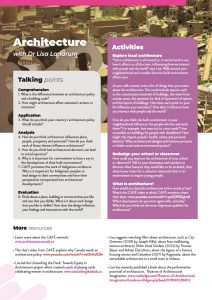
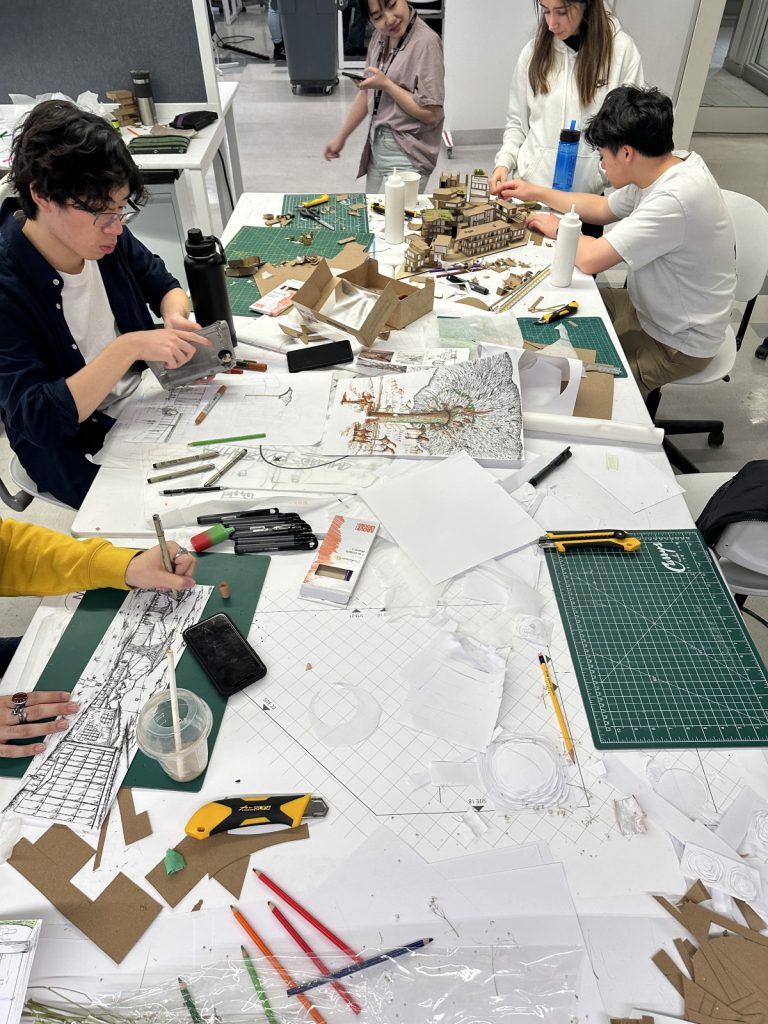
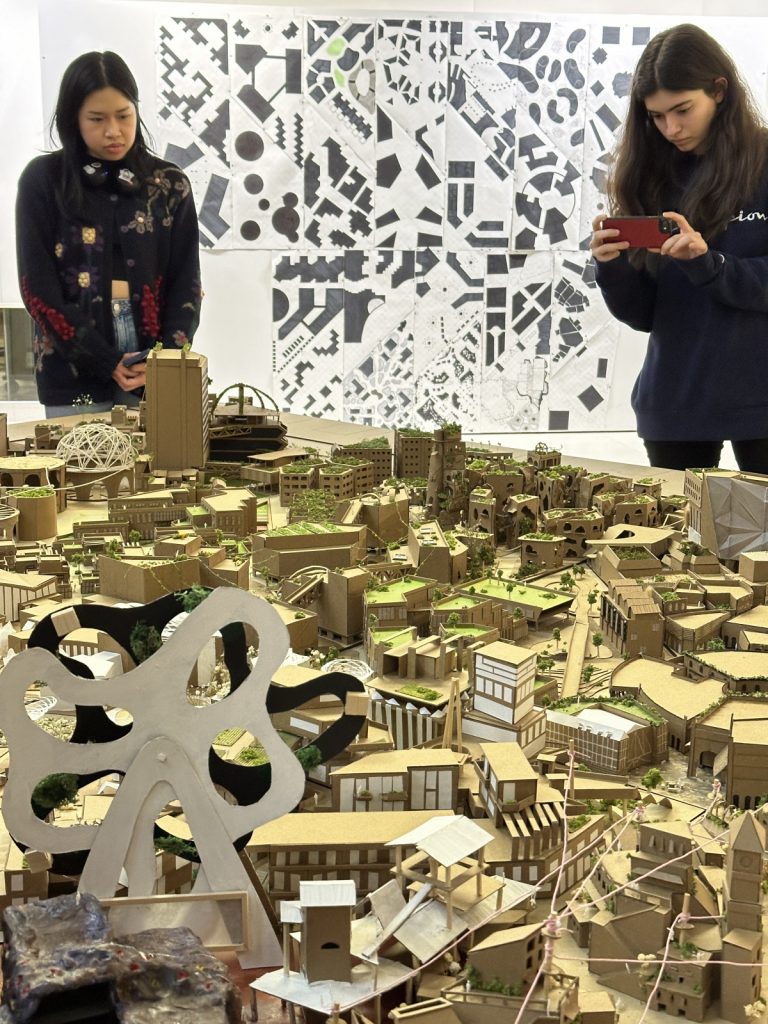
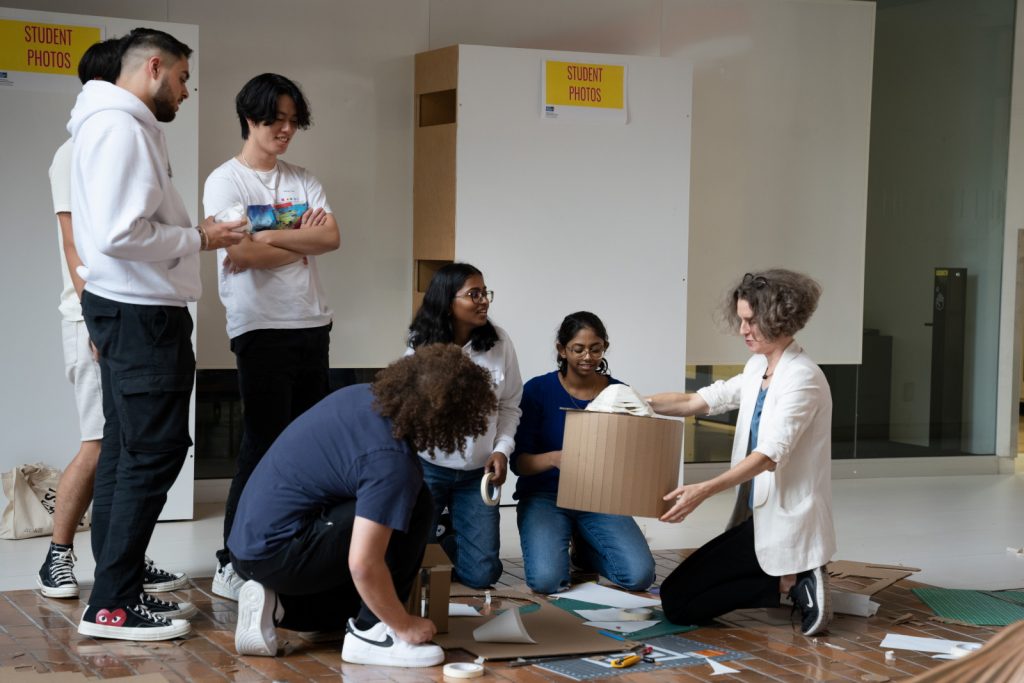


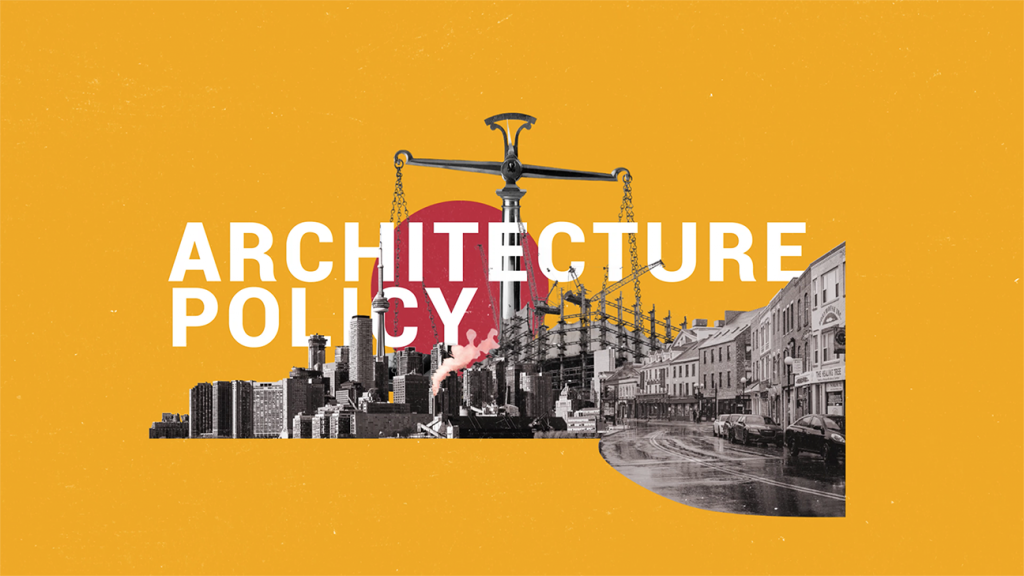
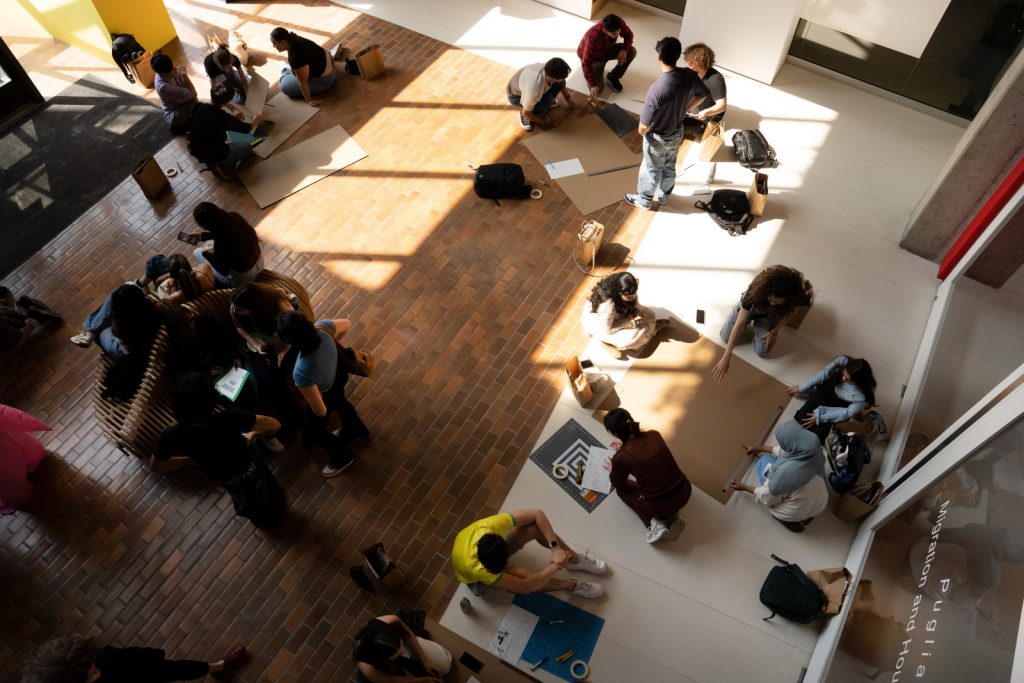

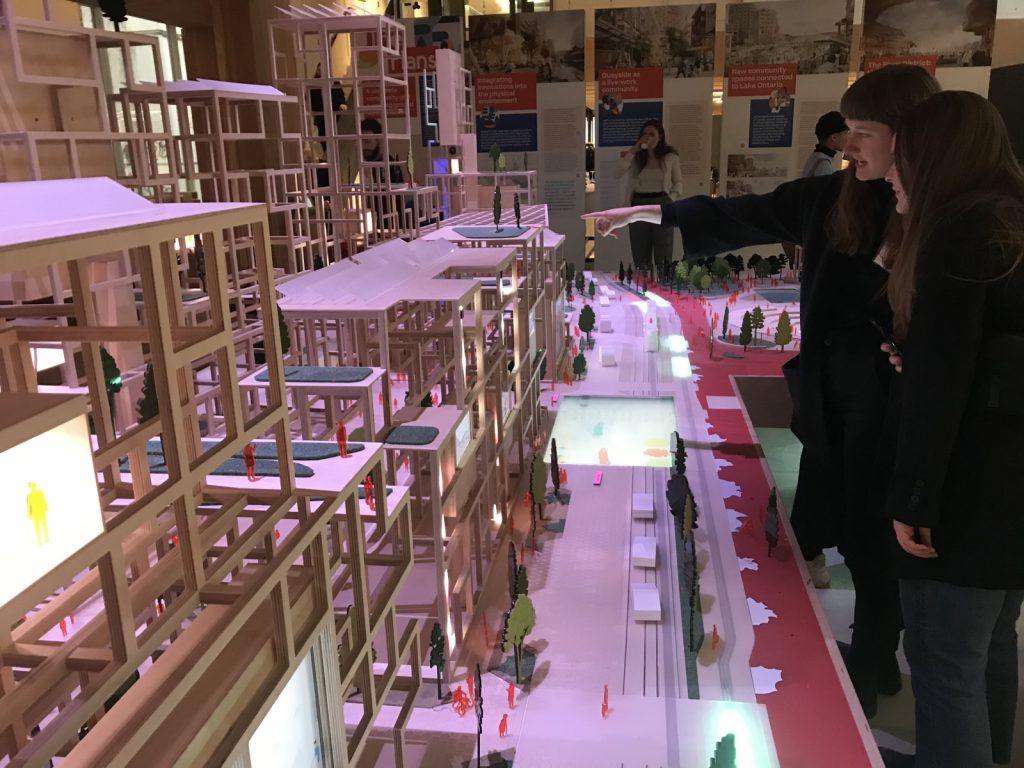
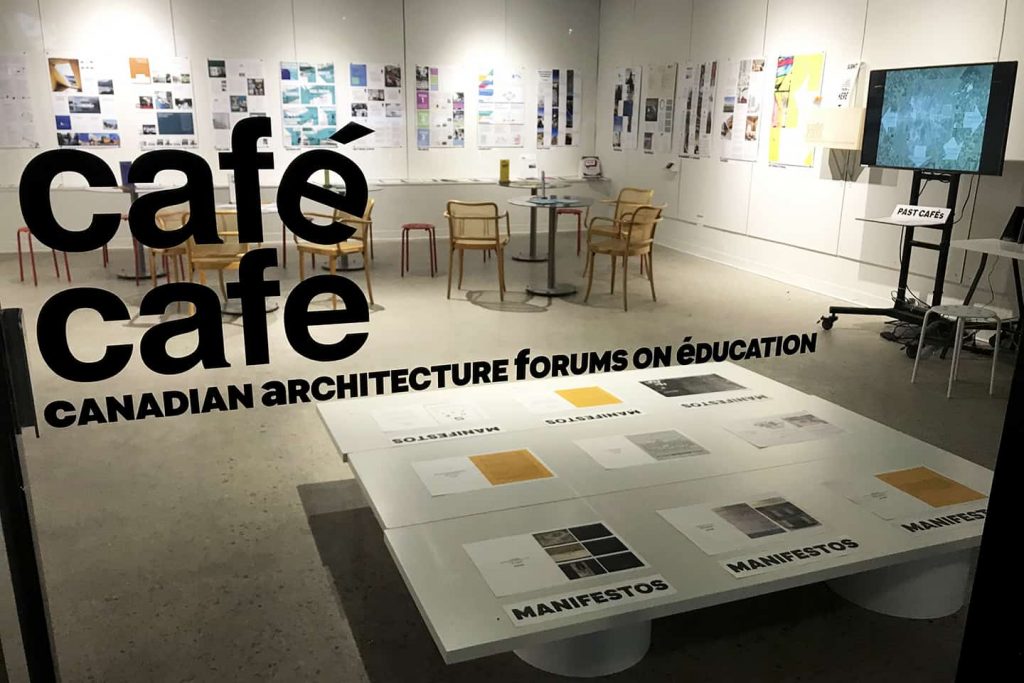
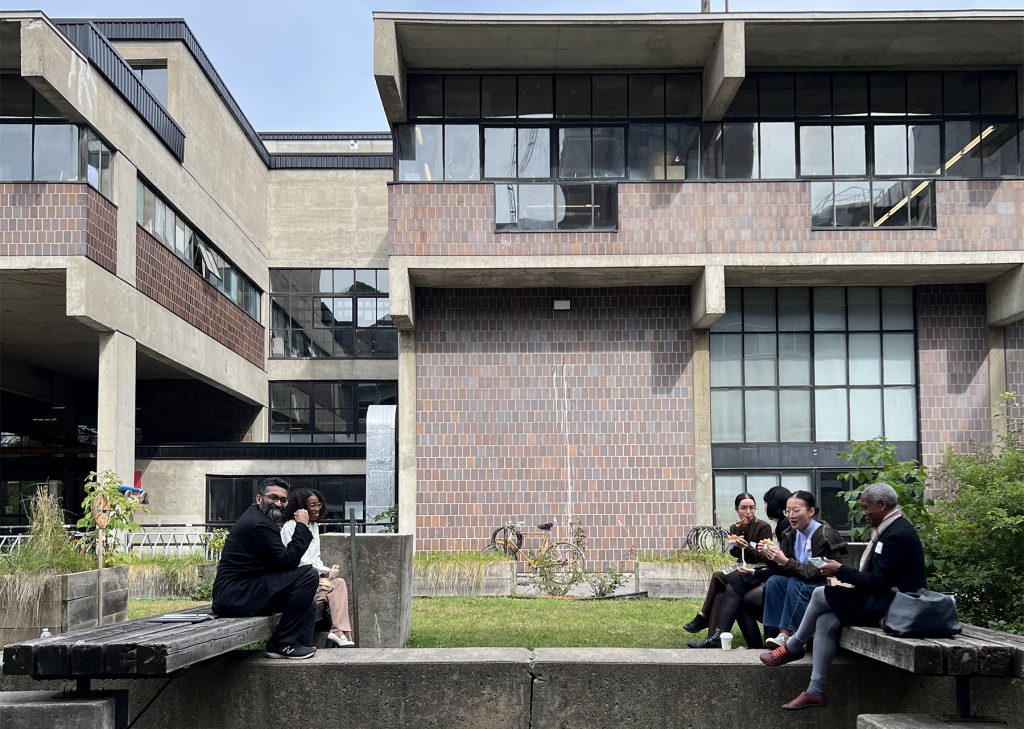
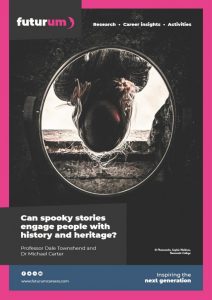
0 Comments